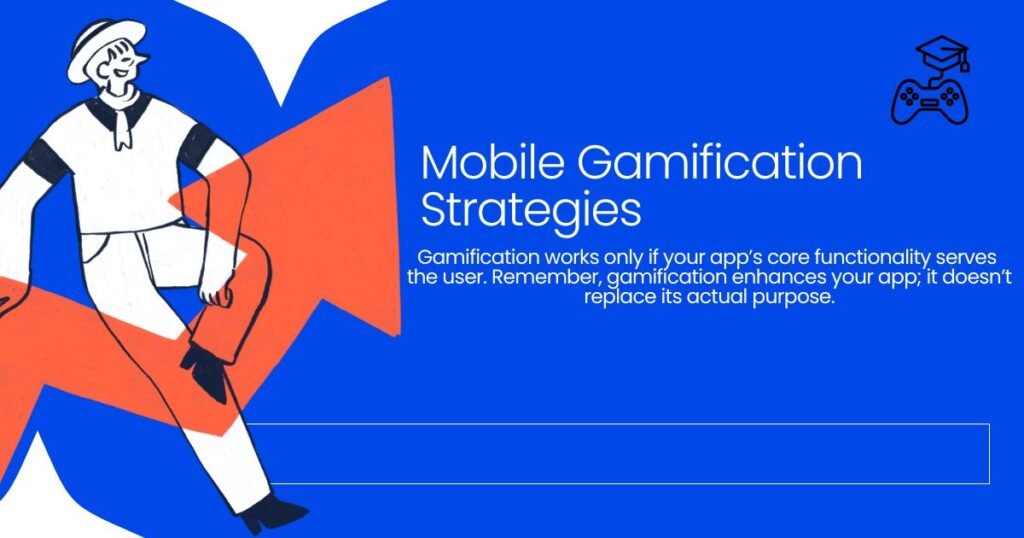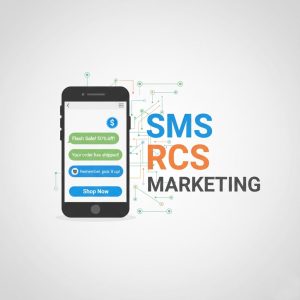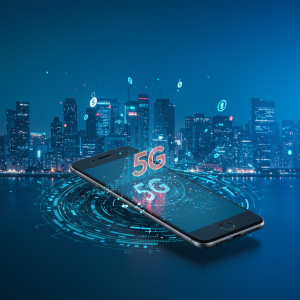Master Mobile Gamification Strategies That Increase User Engagement

Mobile apps are everywhere, and so is the competition. With millions of apps available on platforms like the App Store and Google Play, getting users to stay engaged is no small feat. This is where mobile gamification strategies come into play. By turning interactions into rewards and challenges, gamification makes apps not just functional but enjoyable and addictive.
Whether you’re trying to keep users coming back, improve their overall experience, or boost your app’s profitability, gamification could be your secret weapon. This guide dives deep into mobile gamification strategies, showing you how to implement gamified features effectively and the psychology behind why they work.
What is Mobile Gamification
Mobile gamification is the process of incorporating game-like elements into non-gaming mobile apps to make them more engaging. Think of leaderboards, badges, rewards, or even countdowns that enhance the user’s experience while nudging them toward certain behaviors.
For instance, Duolingo revolutionized language learning by incorporating gamified features such as progress streaks, skill points, and fun animations to encourage learning. Similarly, fitness apps like Strava make exercise a rewarding experience with leaderboards, challenges, and community-based recognitions.
The core idea is this: Users stick around longer when there’s an element of fun and motivation.
Why Gamification Works
Gamification is successful because it taps into human psychology. It’s built on the principles of intrinsic and extrinsic motivation:
- Intrinsic motivation stems from internal rewards, like the joy of completing a challenge or mastering a skill.
- Extrinsic motivation is driven by external rewards, like earning coins, badges, or discounts.
At its core, gamification uses techniques like progress feedback, competition, and rewards to encourage users to keep interacting with the app. It leverages psychological principles such as:
- The Zeigarnik Effect: People are more likely to complete tasks they’ve started.
- Scarcity and Urgency: Limited-time offers or prizes up the stakes for participation.
- Social Proof: Seeing others participate or succeed encourages users to join the action.
Now that we’ve covered the basics, let’s take a closer look at some strategies to gamify your mobile app.
Strategies for Mobile Gamification Success
1. Reward Systems That Keep Users Coming Back
A strong reward system is the backbone of any gamified mobile app. Users must feel like their efforts are being acknowledged. Here’s how you can do this:
- Points and Badges: Offer points for accomplishing tasks (e.g., completing fitness challenges or reaching daily app usage goals). Use badges to symbolize their achievements visually.
- Monetary Incentives: Incentives like discounts, coupons, or free items after completing a milestone can work well for ecommerce apps.
- Tiered Rewards: Increase the stakes by introducing levels or “tiered” rewards. For example, leveling up unlocks exclusive perks, encouraging users to stick around and keep progressing.
Example: Starbucks’ mobile app uses a tiered reward system for its loyalty program. Customers earn stars for every purchase, which they can redeem for free drinks or other items. The higher the tier, the greater the rewards.
2. Introduce Progress Tracking
Users love to see how far they’ve come. Incorporating features like progress bars, streak counters, or achievements motivates users to keep moving forward.
- Progress Streaks encourage consistency. For example, Duolingo uses daily streaks to push users to practice their languages daily. Missing a day disrupts the streak, which motivates consistent usage.
- Completed Milestones give users a sense of accomplishment, ensuring they feel rewarded even for small efforts.
Tip: To maximize success, always celebrate milestones. A simple in-app animation or a congratulatory message can go a long way.
3. Create Fun Challenges and Competitions
Friendly competition is one of the most powerful motivators in gamification. Incorporate challenges that pit users against each other or set community-wide goals they can collectively achieve.
- Leaderboards are effective for fitness and productivity apps, as they show users their rank against others.
- Group Challenges create a sense of teamwork among users. Consider allowing groups to compete against one another, like completing a collective goal.
Example: Strava’s segment challenges allow athletes to not only compete against their friends but against the entire Strava community.
4. Use Personalization to Boost Engagement
Gamification is more effective when tailored to individual preferences. Use collected data to create personalized user experiences such as:
- Customized rewards based on user behavior (e.g., offering discounts relevant to specific user purchases).
- Personalized challenges or recommendations based on usage insights.
Example: Spotify combines gamification with personalization through their annual “Spotify Wrapped” feature. Users get personalized stats about their listening habits and can share fun badges on social media.
5. Implement Limited-Time Events
Scarcity and urgency drive action. By offering limited-time rewards or challenges, you create a sense of urgency, nudging users toward interacting with your app sooner rather than later.
For example:
- Run a surprise “Double Points Weekend” to reward users for higher engagement within a short timeframe.
- Launch themed, time-sensitive challenges, such as holiday-themed goals.
Note: To sustain engagement, keep these events fresh and exciting with every iteration.
6. Incorporate Storytelling
A good story makes users feel connected to your app. Create a narrative that users can “progress through” as they use the app. Break achievements into chapters or levels, and gradually unfold rewards or surprises.
Storytelling works particularly well in fitness, wellness, and learning apps by adding an emotional layer to actions.
Example: Habitica gamifies productivity by turning tasks into a role-playing game where users create avatars, battle monsters, and complete quests as they tick off tasks on their to-do lists.
7. Build User Communities
Humans are social creatures, which is why community-building is an excellent gamification tactic. Create in-app forums or community boards where users can:
- Share their progress.
- Discuss challenges.
- Celebrate achievements.
Integrating social media sharing also allows users to showcase their successes outside your app, generating organic brand awareness.
Common Mistakes to Avoid with Gamification
Overcomplicating Game Mechanics
While it might be tempting to implement complex gamified features, simplicity often wins. Your users should immediately understand the mechanics behind earning rewards or achieving milestones.
Ignoring Balance
Rewards should feel attainable but not too easy. If goals seem unreachable, users may feel discouraged. Conversely, if they’re too easy, rewards lose their perceived value.
Prioritizing Gamification Over Functionality
Gamification works only if your app’s core functionality serves the user. Remember, gamification enhances your app; it doesn’t replace its actual purpose.
Keys to Gamification Success
For a winning gamification strategy:
- Understand Your User’s Needs: Conduct audience research to identify motivators for your specific audience.
- Test and Analyze: Continuously monitor the effectiveness of your gamified features through analytics and user feedback.
- Create Long-Term Value: Ensure your gamification strategies align with your users’ goals and provide continuously fresh and valuable incentives.
Take Action to Gamify Your App
Mobile gamification isn’t just a trend; it’s becoming a necessity for apps to stand out in a crowded market. By incorporating strategic gamified features like progress tracking, social elements, and personalized rewards, you’re not only engaging your users but also fostering long-term loyalty.
Want to enhance your app with gamification but unsure where to start? Stay ahead in the game by designing features that cater to your users’ preferences and needs, and watch your engagement metrics skyrocket. As Nike says, just do it!





